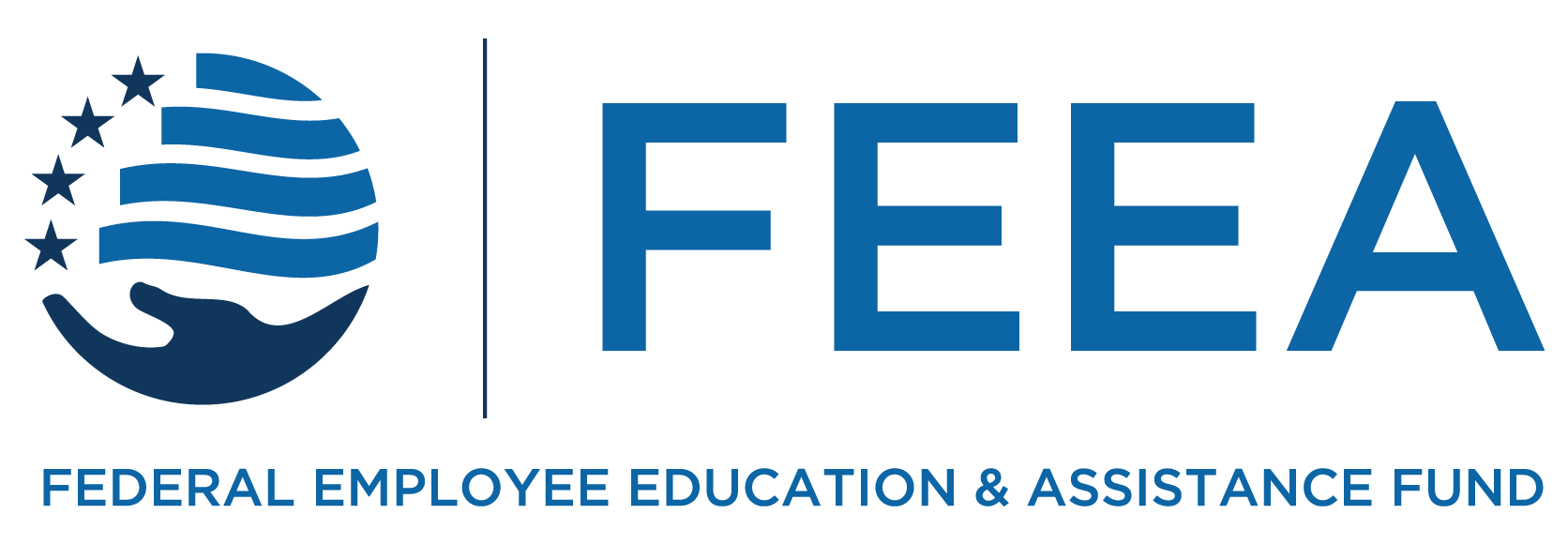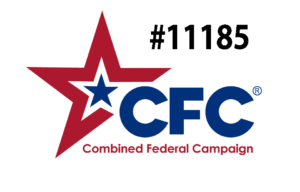What are Qualified Charitable Distributions anyway?
by Joyce Warner
We recently sat down with Johnny Gottstein, President of GPIS Employee Benefit Specialists, to get some information on how Qualified Charitable Distributions (QCDs) can be used to satisfy Required Minimum Distributions (RMD) for Individual Retirement Accounts (IRA). We thought others in our FEEA community would be interested in this and decided to share what we learned!
Joyce: What is a Qualified Charitable Distribution (QCD)?
Johnny: Generally, a qualified charitable distribution is an otherwise taxable distribution from an IRA (other than an ongoing Simplified Employee Pension (SEP or SIMPLE IRA) owned by an individual who is age 70½ or over that is paid directly from the IRA to a qualified charity. Otherwise taxable means that if it was distributed to the IRA owner directly it would be taxable income to them.
Joyce: How might a QCD be used to meet Required Minimum Distribution (RMD) requirements?
Johnny: Your qualified charitable distributions can satisfy all or part the amount of your required minimum distribution from your IRA. For example, if your 2018 Required Minimum Distribution was $12,000, and you made a $6,000 qualified charitable distribution for 2018, you would have had to withdraw another $6,000 to satisfy your 2018 required minimum distribution.
Joyce: What are the potential tax advantages of a QCD?
Johnny: Typically, the tax benefit of making a charitable gift is only realized by those who itemize their deductions when filling tax returns, not for those of us filling with a standard deduction. However, a QCD is automatically omitted from your adjusted gross income (AGI). That opens this deduction up to all individuals using either standard or itemized deductions. This is great because many 70 ½ taxpayers in that age bracket take the standard deduction. Other benefits of reducing your (AGI) may trigger a reduction in your social security tax obligations and possibly reduce Medicare premiums. Also, depending on your state, this may lower your state income tax liability.
Joyce: Can you do a QCD from an employer-sponsored plan like the Federal Thrift Savings Plan (TSP) or a 401K or only from an IRA?
Johnny: QCD cannot be done through a 401K style plan, like the TSP. They can only be done through IRAs.
Joyce: Can one QCD be used to settle RMDs across multiple plans, both IRA and employer sponsored?
Johnny: No, a QCD would only be used to satisfy IRA RMDS. You cannot take an employer plan RMD from an IRA or vice versa. However, you could use one IRA QCD to satisfy all IRA RMDs.
Joyce: What would be the steps someone would take if they wanted to do a QCD, but had all their retirement funds in an employer-sponsored plan?
Johnny: If you are looking into a QCD and your money is currently in an employer-sponsored plan you would need to roll your funds into an IRA.
Joyce: Anything else people should know?
Johnny: Remember, the single most critical ingredient to making this work is that the IRA owner not take receipt of the monies intended to be donated to charity (and they need to be 70 ½ or older). The check must be made payable to the qualifying charity directly from the IRA. Sometimes, the carriers will make the check payable to the charity, but will send it to the IRA owner’s address of record. That’s completely fine. The IRA owner would just remit the check to the charity and obtain the appropriate tax receipt.
- you made the qualified charitable distribution from a traditional IRA in which you had basis and received a distribution from the IRA during the same year, other than the qualified charitable distribution; or
- the qualified charitable distribution was made from a Roth IRA.
For more information on whether this might be a good option for you, contact your personal financial advisor and check out IRS Publication 590-B.
Would you like to receive more information like this when it comes out? Sign up for the FEEA newsletter using the box in the lower right hand corner of this page.
Would you like to reprint this piece in your agency human resource, federal employee association, or union local newsletter? You can do so at no cost by contacting admin@feea.org with your request.
The information provided in this piece is for your convenience and informational purposes only and not to be construed as professional advice. FEEA and its coauthors and sponsors are not liable for any losses or damages related to actions or failure to act with regard to the content in this piece.




